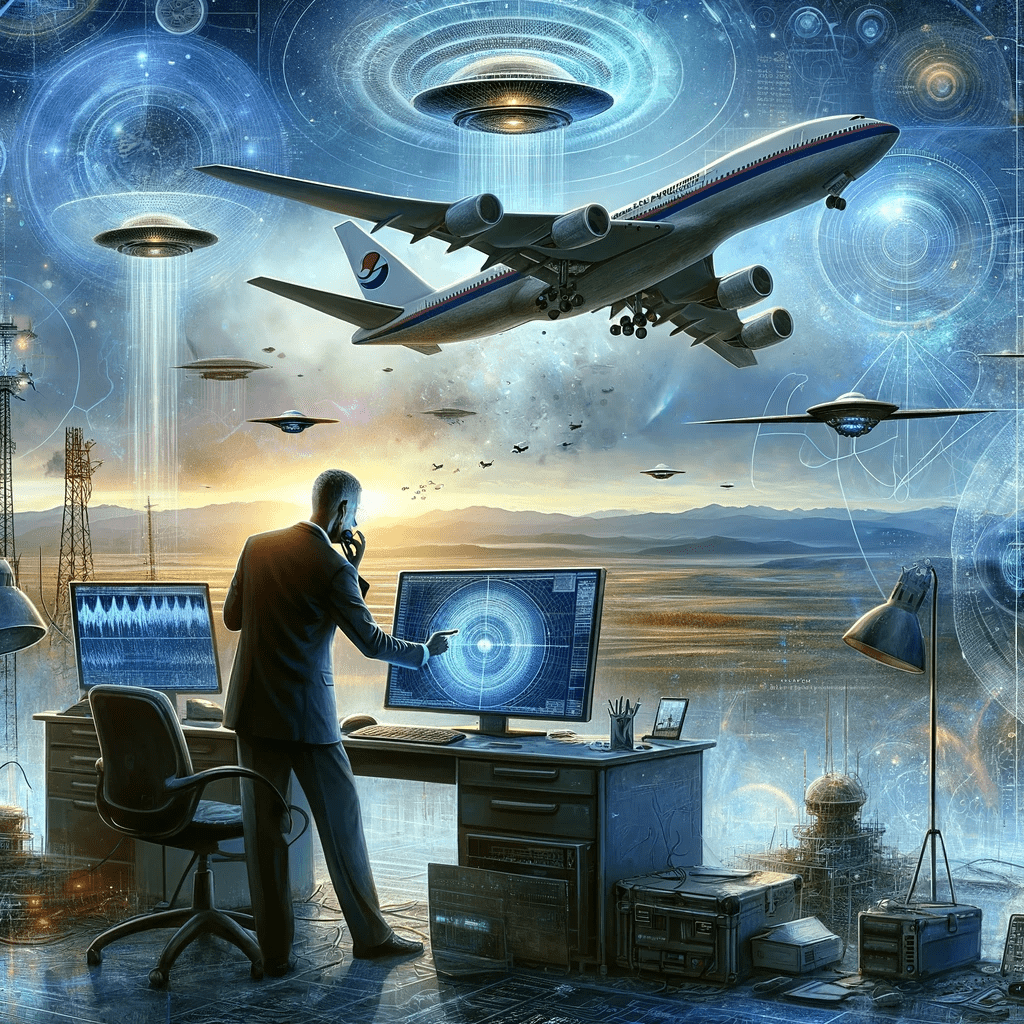John Callahan

John Callahan is an American UFO researcher and former Division Chief of the Accidents and Investigations Branch of the Federal Aviation Administration (FAA) in the United States. He has become a prominent figure in the UFO community due to his involvement in the investigation of the Japan Airlines Flight 1628 UFO incident in 1986, which he has discussed in various forums and media appearances.
Callahan was born and raised in the United States, where he completed his formal education. He earned a Bachelor’s degree in Electrical Engineering from an undisclosed university, which provided him with a solid background in technical and scientific matters. This background would later prove useful in his career as an investigator for the FAA and in his research into UFOs and UAPs (Unidentified Aerial Phenomena).
After completing his studies, Callahan joined the FAA, where he eventually became the Division Chief of the Accidents and Investigations Branch. He held this position for six years, from 1982 to 1988. During his tenure at the FAA, Callahan was responsible for coordinating and overseeing the investigation of accidents and incidents involving civil aviation in the United States.
John Callahan’s connection to UFOs and UAPs can be traced back to the Japan Airlines Flight 1628 incident, which occurred on November 17, 1986. A cargo flight from Paris to Tokyo reported sighting multiple unidentified objects in the vicinity of the aircraft while flying over Alaska. The pilot and crew of the flight reported the objects as being much larger than conventional aircraft and displaying extraordinary maneuverability.
Callahan was involved in the investigation of this incident, which included an analysis of radar data, air traffic control recordings, and interviews with the flight crew. Despite the FAA’s official conclusion that the incident could not be adequately explained, Callahan has maintained that the evidence points to the presence of an unknown and highly advanced technology. His detailed account of the investigation and the subsequent cover-up by the FAA and other government agencies can be found in his presentation at the National Press Club in Washington, D.C., on November 12, 2007.
John Callahan has publicly stated that he was instructed to hand over all the evidence related to the Japan Airlines Flight 1628 incident to the CIA and was told that the meeting “never took place” and that the incident was not to be discussed.
The Japan Airlines Flight 1628 incident remains one of the most well-documented and widely publicized UFO sightings in history, with extensive radar data and multiple eyewitness accounts from the flight crew. (The New York Times, November 29, 1986).
The FAA’s official explanation for the incident suggested that the lights observed by the flight crew were reflections of the aircraft’s lights on ice crystals in the atmosphere, a theory that has been criticized by many experts as implausible given the reported characteristics of the objects.
Experts in the field of UAP research have praised Callahan for his courage and integrity in coming forward with his account of the Japan Airlines Flight 1628 incident, despite the potential risks to his career and reputation. Prominent UFO researchers like Leslie Kean and Dr. Richard Haines have cited Callahan’s testimony as valuable evidence supporting the existence of unidentified and advanced aerial phenomena.
His commitment to sharing his experience, even in the face of potential consequences, has earned him the respect of fellow researchers and investigators within the UFO community. His willingness to share his story has helped to shed light on the challenges and barriers that exist within government and military institutions when it comes to the open and transparent investigation of UFOs and UAPs.


